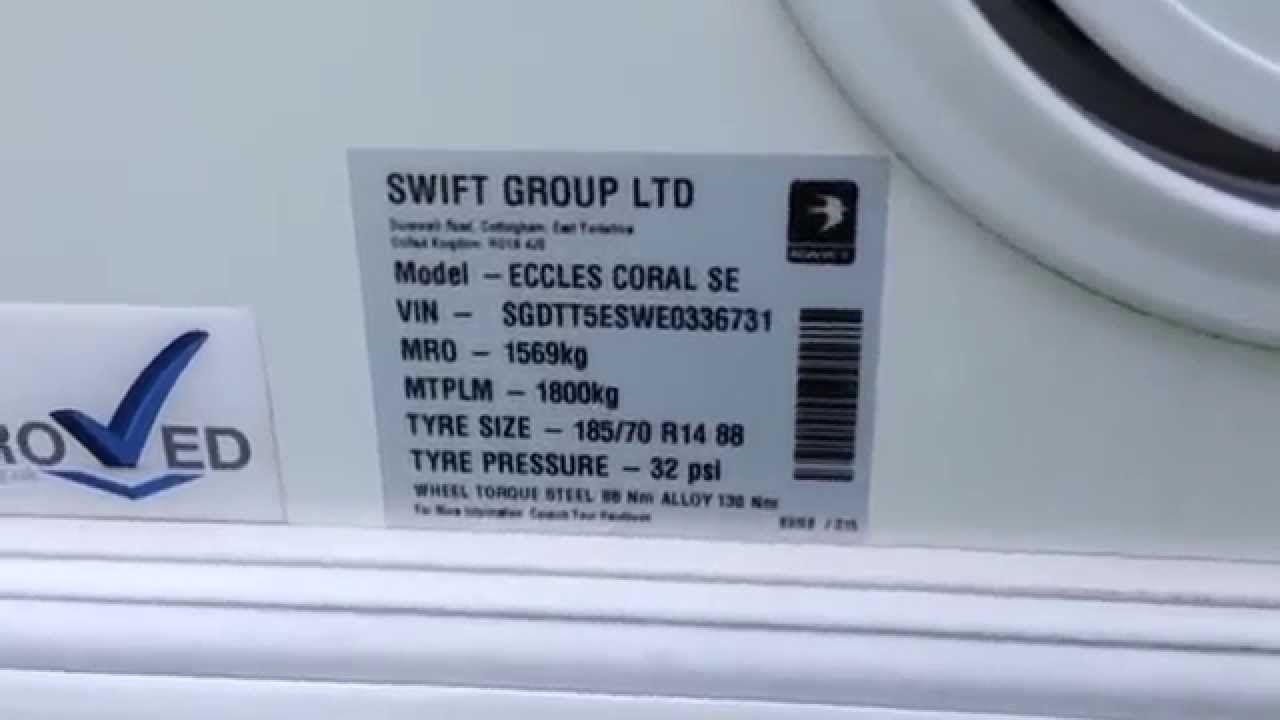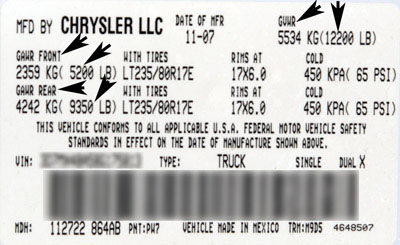As an avid traveler and outdoor enthusiast, I’ve spent countless weekends road-tripping with my travel trailer, soaking up the beauty of nature while creating unforgettable memories. One thing that often gets overlooked, however, is the importance of understanding the travel trailer weight sticker. This sticker holds the key to safe and enjoyable RV adventures. Join me as we explore everything you need to know about travel trailer weight stickers, from understanding their purpose to tips for accurate weight management.
What is a Travel Trailer Weight Sticker?
The travel trailer weight sticker, typically found on the inside of the trailer door or near the compliance label, provides vital information regarding the trailer’s weight limits. This includes specifics such as:
- Gross Vehicle Weight Rating (GVWR): The maximum weight a trailer can safely carry, including its own weight and all cargo.
- Dry Weight: The weight of the trailer without any cargo or fluids.
- Cargo Carrying Capacity (CCC): The maximum amount of weight you can add to a trailer.
Why is the Weight Sticker Important?
Understanding your trailer’s weight sticker is essential for several reasons:
- Safety: Overloading a trailer can lead to mishandling, accidents, or damage to the trailer and tow vehicle.
- Legal Compliance: Many regions have laws and regulations regarding vehicle weight limits on highways.
- Fuel Efficiency: A properly loaded trailer can lead to better fuel efficiency and more comfortable travel experiences.
Deciphering Your Travel Trailer Weight Sticker
Understanding Different Weight Ratings
Let’s break down the different weight ratings one by one:
1. Gross Vehicle Weight Rating (GVWR)
The GVWR is the maximum weight your travel trailer can handle safely. This includes:
- The trailer’s weight itself (dry weight).
- All cargo, fluids, and accessories.
Always ensure your fully loaded trailer falls under this rating to avoid legal issues and safety hazards.
2. Dry Weight
This is the most straightforward figure, representing the trailer’s weight without any cargo or fluids. It’s critical for knowing how much additional weight you can carry.
3. Cargo Carrying Capacity (CCC)
The CCC indicates how much weight you can add to the trailer after it’s unloaded. To calculate it, simply subtract the dry weight from the GVWR:
CCC = GVWR – Dry Weight

Personal Experience: The Importance of Weight Management
During one memorable trip to Yellowstone National Park, I was thrilled to explore scenic views while towing my trailer. However, I made the mistake of underestimating the total weight. Using my weight sticker helped me adjust my packing and avoid any trouble with the law. Ensuring I didn’t exceed the GVWR allowed for a smooth journey and peace of mind!
Common Types of Travel Trailer Weight Stickers
Travel trailers usually feature different types of weight stickers, which can vary based on the manufacturer. Here are some common examples:
Manufacturer Compliance Sticker
This sticker includes the GVWR, the dry weight, and the CCC. It’s usually adhesive and placed in a visible area.

Tire Information Sticker
It often provides details regarding the recommended tire pressure, which is crucial for safe towing.
Travel Trailer Weight Management Tips
Proper weight management is critical for a safe and enjoyable experience. Here are some tips you can follow:

1. Weigh Your Trailer
Before your trip, it’s advisable to weigh your trailer at a public scale. This ensures you know its current weight and can make necessary adjustments.
2. Regularly Check Your Weight Sticker
Don’t forget to look at your weight sticker regularly, especially if you add bulkier items for a trip.

3. Distribute Weight Evenly
Make sure to distribute your load evenly throughout the trailer to avoid swaying or balancing issues when towing.
4. Keep Track of Your Gear
Maintain a packing list to monitor what you are bringing along, ensuring you’re within the CCC.

Comparing Travel Trailers: Weight and Features
When selecting a travel trailer, it’s essential to compare various models based on their weight and features. Below is a comparison table of popular travel trailers:
| Model | Dry Weight (lbs) | GVWR (lbs) | CCC (lbs) | Price Range |
|---|---|---|---|---|
| Forest River Rockwood Mini Lite | 3,500 | 4,200 | 700 | $25,000 – $30,000 |
| Keystone Passport | 4,200 | 5,000 | 800 | $22,000 – $28,000 |
| Airstream Basecamp | 2,600 | 3,500 | 900 | $36,000 – $45,000 |

Ratings and Reviews for Popular Travel Trailers
Here are some customer ratings and reviews from top eCommerce websites:
1. Forest River Rockwood Mini Lite
Rated 4.6/5 on Amazon
“Perfect for short trips! Lightweight and easy to tow, this trailer has served me well on weekends in the mountains.”

2. Keystone Passport
Rated 4.5/5 on CampingWorld
“Spacious interiors and great design! It’s a solid choice for families, but make sure you check the weight before loading.”
3. Airstream Basecamp
Rated 4.8/5 on eBay
“Stylish and functional! I loved the design and the ease of towing. Worth every penny!”
Travel Tips: Exploring Destinations with Your Trailer
Now that you have a solid understanding of travel trailer weight stickers, let’s highlight some amazing destinations that are perfect for trailer camping:
1. Glacier National Park, Montana
With its stunning landscapes, this national park is a must-visit for any trailer enthusiast. Be sure to find campgrounds that accommodate your trailer size, and don’t forget to check the weight limits while towing!
2. Shenandoah National Park, Virginia
This park offers beautiful views along Skyline Drive and is trailer-friendly. There are ample campgrounds, perfect for winding down after a day of exploring.
3. Big Sur, California
For breathtaking coastal views, take your travel trailer along the Pacific Coast Highway to Big Sur. Just ensure your trailer adheres to weight restrictions on the route.
Pros and Cons of Travel Trailers
Pros
- Flexibility: You can travel anywhere with your home on wheels.
- Cost-effective: Save money on accommodation and enjoy nature.
- Comfort: Enjoy the comforts of home while on the road.
Cons
- Weight Management: Requires careful planning to avoid overloading.
- Parking: Can be challenging to find suitable parking spots.
- Maintenance: Regular upkeep is essential to prevent issues.
Frequently Asked Questions (FAQs)
1. What is the difference between dry weight and GVWR?
Dry weight is the weight of the trailer without any cargo or fluids, while GVWR is the maximum weight the trailer can handle safely including everything inside.
2. How can I check if I’m over the weight limit?
Weigh your trailer at a public scale to know its current weight and ensure it’s within the GVWR.
3. Why is proper weight distribution important?
Improper weight distribution can lead to trailer swaying, affect handling, and increase the risk of accidents.
4. Can I tow more than the CCC?
No, exceeding the CCC can compromise safety, handling, and could also be against the law.
In conclusion, understanding your travel trailer weight sticker is essential for safe and enjoyable adventures on the road. By following the tips and insights shared in this article, you can ensure that your travel experiences are both enjoyable and safe. Happy trails!